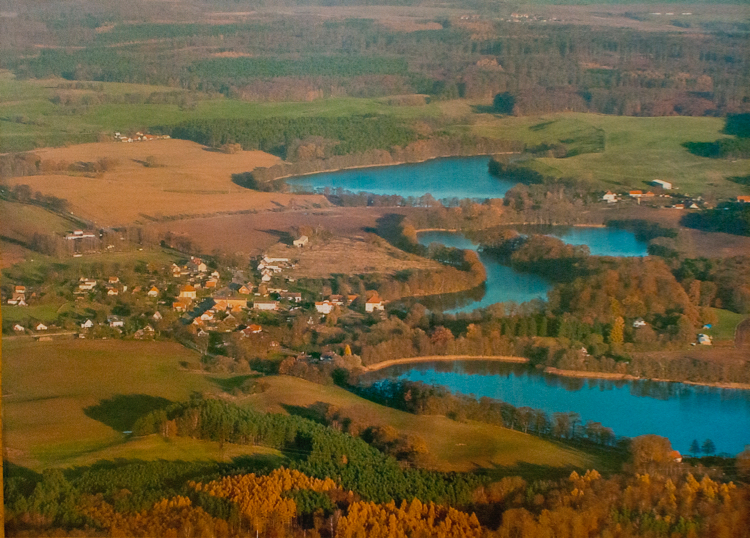When travelling from the west towards Berlin, a clear change in the landscape occurs after crossing the Elbe. The landscape spreads and turns into expansive fields. The land here, beyond the Elbe, is land of great agricultural value. With the settlements here at the beginning of the 12th century, a great cultural and environmental landscape developed, one that is completely unique in Europe.
The knights, who arrived here with Henry the Lion, were often rewarded with land for their great efforts in the battles against the Slavs. Over time, these new arrivals merged with the existing Slavic nobility and created the simple, down-to-earth nobility of the East Elbe region. As a result, the same names are shared by the later rulers, for example the Mecklenburg and Pomeranian dukes. Land ownership was dominated by the Oertzen, Maltzahn, Bülow, Plessen and Hahn families, as well as the Bassewitz and Blücher lines.
The size of these self-managed properties was initially limited, but this changed from the 16th century – dramatically. The 30-year war, which had led to enormous population losses in the north and east of Germany, added further to the expansion of aristocratic properties. By the end of the 18th century, the large-scale estates had become the defining feature of the East Elbe landscape. Villages used purely for farming were rare and mostly replaced by the typical estate villages.
These estates consisted of the central manor house, various farm buildings and worker residences. Additionally, there were extensive parks and often a church, which was under the patronage of the relevant lord. These architectural complexes dotted the wide plains of the East Elbe landscape and became a symbol of the area. Although the social and political standing of the East Elbe nobility changed over the course of time, it did certainly stay in place for centuries.
This changed in the period after 1945, and especially after 1990, when the degradation of these historically priceless estates began, due to the conflicts over the land occupied by these buildings. However, it is not too late to save these treasures, which also represent huge tourism value to the area. Each conservation process begins with bringing purpose back to these properties, even if only the farm house or other small sections. For this reason, these efforts should be welcomed and supported.


wow this is very ineresting to read, I love how they include the history into this article, thank you for sharing this post. Keep up with the good work.